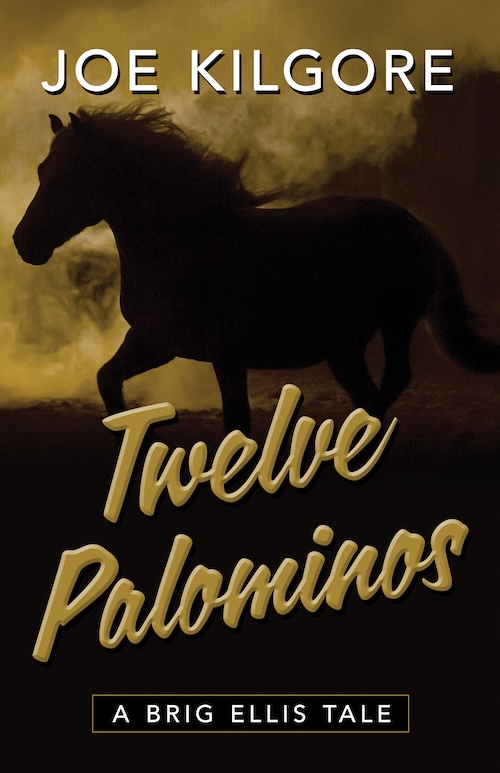Read It And Reap
Wednesday, August 25th, 2010Want to know how many ways there are to unravel a mystery? Solve a crime? Catch a murderer? Crack a case? Piece together a puzzle? Well, if you do, you’ll find most all of them in one novel that’s a rocking good read. Bad Things Happen by Harry Dolan.
What makes this mystery more fun than other mysteries, is that the author has constructed not just a series of crimes that may or may not lead to to other crimes, but also a series of theoretical ways the crimes may have gone down resulting in even more theories about motives, suspects, and more. The icing on the potentially, but actually not, convoluted cake is that the whole meal is cooked in a mystery writer’s oven.
Here’s the story in a nutshell. Without revealing anything an unsuspecting reader wouldn’t want revealed. The publisher of a mystery magazine hires a mysterious individual to be one of his editors. The publisher winds up dead. Was it suicide or murder? The mysterious individual just happened to be having an affair with the publisher’s wife. The publisher, prior to his death, asked the mysterious editor to help him bury a body. Whose body was it? Other people start to die. People connected with the mystery magazine. Some publicly. Some not so publicly. Are their deaths connected to the publisher’s death? How many of those deaths are murder or suicide? Who’s killing who? And for what reason? Or reasons.
Writers, editors, secretaries, interns, wives, lovers, ex-cons, ghost-writers– everyone’s a suspect. The police, particularly an appealing single-mom detective with a spunky (but not cloyingly cute) teenage daughter, do their best to try to untangle the tangled web of deceit, danger and death. More scenarios abound than a cop can shake a nightstick at, but which ones are possible, plausible, even probable? Within the confines of the narrative, the author shows us an infinite variety of things that might have happened or could have happened. But which ones really did? And of course, the big question…who’s responsible for whatever the hell happened?
Rather than creating confusion, Harry Dolan, the author, has actually created an intricate Rubik’s Cube of possibilities that reminds the reader that nothing is as simple as it might seem. Simultaneously, he’s also brought to life an appealing cadre of characters to enliven the pages of this most appealing whodunit. There are bitchy authors, beautiful babes, good men gone bad, bad men gone straight, hoods, hangers-on and a very mysterious protagonist. The entire book is fun to read, hard to put down, and easy to come back to.
I will admit, that at least for me, I found the ultimate conclusion (make that conclusions) something less than credible. Not impossible. Just not particularly believable. But it’s easy to forego credibility when a reader is having so much fun getting caught up in all the real and potential goings-on. And, to be honest, I found the very last sequence of the book a bit unnecessary, added perhaps for literary effect or ultimate closing of the loop. But still, it didn’t add anything other than a few more pages. These are mere minor offenses however when compared to the entertainment you will experience when you decide to let Bad Things Happen in your reading room.
Trust The Fiction Fortune Hunter. Read this one and you’ll reap lots of rewards.
